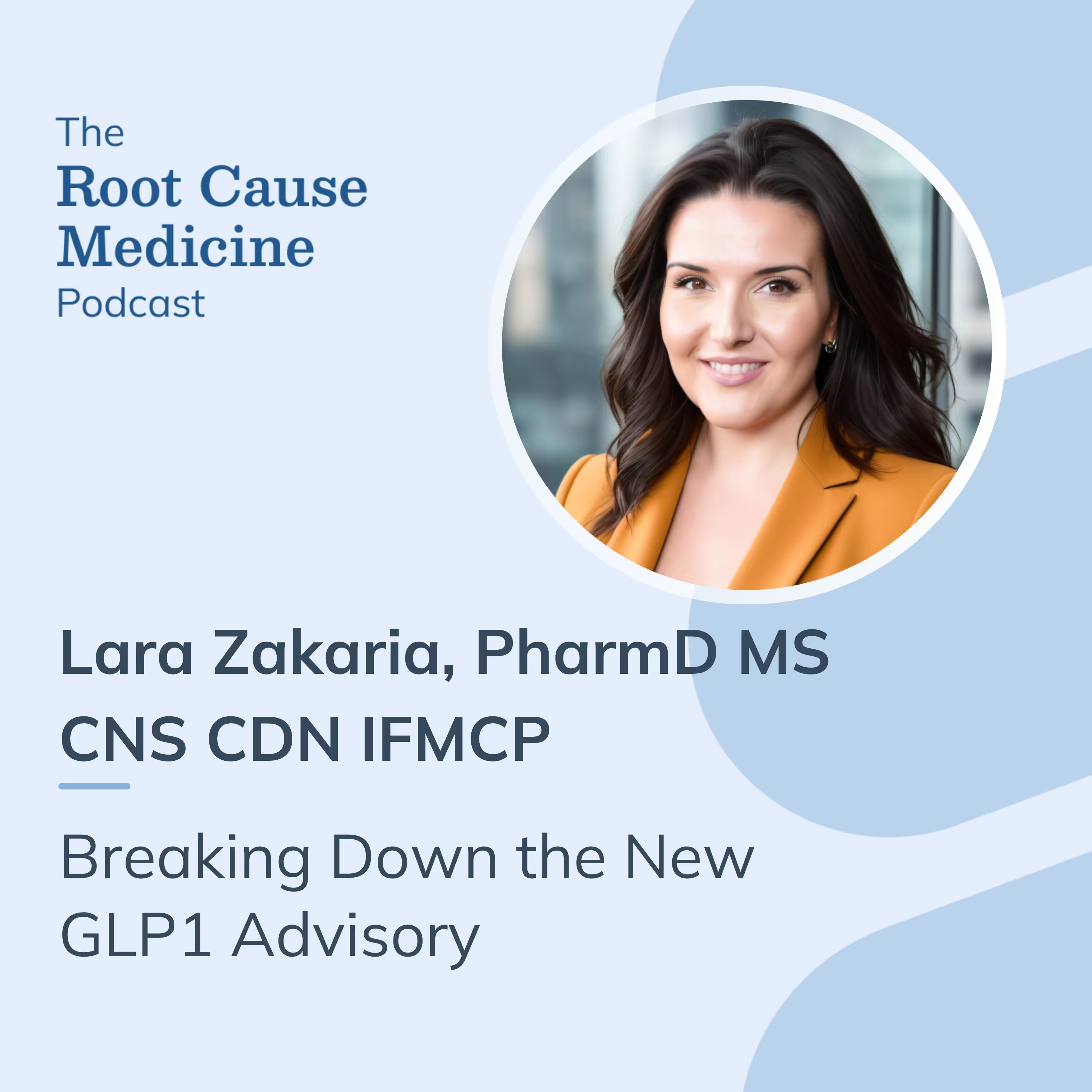As a healthcare provider, you're constantly juggling patient care, administrative tasks, and the ever-evolving landscape of medical regulations. It's a delicate balancing act that can overwhelm even the most seasoned professionals.
But what if there were ways to streamline your practice, enhance patient satisfaction, and boost your bottom line - all while maintaining the high-quality care your patients deserve?
The good news is, there are. In this article, we'll explore 10 proven strategies to optimize your medical practice, helping you navigate the intricacies of modern healthcare with confidence and ease. Whether you're a solo practitioner or part of a larger group, these tips will help you create a more efficient, profitable, and patient-centered practice.
Sign up for free to utilize all the helpful tools we have at Rupa!
[signup]
10 Ways To Optimize Your Medical Practice
Here are ten ways to optimize your medical practice:
#1. Efficient Scheduling Systems
An efficient scheduling system is more than just filling time slots.
- Consider implementing a dynamic scheduling model that adapts to your practice's unique rhythm. For instance, reserve specific time slots for urgent care or same-day appointments while dedicating others to complex cases or new patient consultations.
- Leverage data analytics to identify patterns in patient flow. By analyzing historical data, you can predict busy periods and adjust your scheduling accordingly. This proactive approach can help balance your daily workload and improve overall efficiency.
- Don't overlook the power of patient self-scheduling. A 2017 study published in the Journal of Medical Internet Research found that patients who self-schedule are more likely to keep their appointments and report higher satisfaction. Implement a user-friendly online booking system that integrates seamlessly with your practice management software.
#2. Managing No-Shows and Cancellations
No-shows and cancellations can significantly impact your practice's efficiency and revenue.
- Beyond implementing a clear cancellation policy, consider adopting a predictive modeling approach. Use data analytics to identify patients at higher risk of no-shows based on appointment history, demographics, and weather conditions.
- Implement a tiered reminder system, with escalating communication methods as the appointment nears. For instance, start with an email a week before, a text message two days prior, and a phone call the day before. This multi-pronged approach can significantly reduce no-show rates.
- Consider offering incentives for consistent attendance, such as priority booking for future appointments or small discounts on services. This positive reinforcement can encourage better patient behavior and loyalty.
#3. Optimizing Billing Processes
Efficient billing is vital for maintaining a healthy cash flow.
- Beyond implementing advanced billing software, consider adopting a proactive approach to denial management. Regularly analyze denial patterns to identify and address root causes, whether they're related to coding errors, documentation issues, or insurance verification problems.
- Implement a charge capture system that integrates with your EHR to ensure all services are accurately billed. This can help reduce revenue leakage and improve your bottom line.
- Consider outsourcing complex billing tasks to specialized services. While this involves an upfront cost, it can boost collection rates and enable your in-house staff to concentrate on patient care and other essential duties.
#4. Monitoring Financial Performance
Tracking key performance indicators (KPIs) is essential, but don't just collect data—act on it.
- Implement a dashboard system that provides real-time insights into your practice's financial health. This allows for quick decision-making and course corrections when needed.
- Beyond traditional metrics like revenue per visit and collection ratios, consider tracking patient lifetime value. This metric can help you make informed patient acquisition and retention strategies decisions.
- Benchmark your performance against industry standards regularly. The Medical Group Management Association (MGMA) provides comprehensive data that can help you understand where your practice stands and identify areas for improvement.
#5. Implementing Electronic Health Records (EHR)
When implementing an EHR system, look beyond basic functionality.
- Consider systems that offer advanced features like population health management tools, which can help you proactively manage chronic conditions across your patient base.
- Prioritize EHR systems with robust mobile capabilities. This allows providers to access and update patient information on the go, improving efficiency and care coordination.
- Don't underestimate the importance of customization. Choose an EHR that can tailor templates and workflows to your practice needs. This can significantly improve adoption rates and provider satisfaction.
#6. Utilizing Telehealth Solutions
Telehealth is more than just video consultations.
- Explore asynchronous telehealth options, such as store-and-forward technology for dermatology or radiology consultations. This approach can enhance efficiency and minimize patient wait times.
- Consider implementing remote patient monitoring (RPM) programs for chronic condition management. RPM can help detect issues early, reduce hospital readmissions, and improve patient outcomes. A 2017 study published in the Journal of Medical Internet Research found that RPM can significantly improve blood pressure control.
- Remember the potential of telehealth for team collaboration. Use secure messaging platforms and virtual case conferences to improve care coordination, especially for complex cases or in multidisciplinary settings.
#7. Improving Patient Experience
Go beyond traditional patient satisfaction surveys.
- Implement real-time feedback mechanisms, such as tablet-based questionnaires at the end of visits or text message surveys shortly after appointments. This enables prompt issue resolution and demonstrates responsiveness to patient concerns.
- Consider the entire patient journey, from appointment scheduling to follow-up care. Seek opportunities to streamline processes and reduce friction points. For example, digital check-in and paperwork completion can be implemented to reduce wait times and improve data accuracy.
- Personalize the patient experience by leveraging data from your EHR. Use patient preferences and health history to tailor communications and care recommendations. This personalized approach can significantly enhance patient engagement and satisfaction.
#8. Staff Management and Development
Staff management and development should be optimized in your practice to help operations run smoothly.
- Implement a structured mentorship program within your practice. Pair experienced staff with newer team members to facilitate knowledge transfer and professional growth. This can enhance job satisfaction and improve retention rates.
- Consider cross-training staff in multiple roles. This increases operational flexibility and can help manage unexpected absences or busy periods more effectively.
- Invest in leadership development for your management team. Strong leadership skills can improve team dynamics, enhance communication, and drive overall practice performance.
#9. Fostering a Positive Workplace Culture
Foster a culture of continuous improvement by introducing a suggestion system for staff.
- Encourage team members to share ideas for enhancing practice efficiency, patient care, or workplace satisfaction. Regularly review and implement viable suggestions to show that you value employee input.
- Consider implementing flexible scheduling options for staff where possible. This could include compressed work weeks, job sharing, or remote work options for administrative tasks. A study published in the Journal of Occupational Health Psychology found that flexible work arrangements can increase job satisfaction and reduce burnout.
- Organize regular team-building activities that align with your practice's values. For example, if your practice emphasizes preventive health, you might organize a staff wellness challenge or volunteer together at a local health fair.
#10. Keeping Up with Healthcare Regulations
Develop a systematic approach to regulatory compliance.
- Create a compliance calendar that outlines key dates for regulatory updates, required training, and reporting deadlines. To distribute the workload, assign team members to monitor specific areas of compliance.
- Consider joining a professional association in your specialty. These organizations often provide up-to-date information on regulatory changes and offer resources to help practices stay compliant.
- Implement a regular internal audit process to identify and resolve potential compliance issues early. This proactive strategy can help prevent penalties and ensure your practice consistently adheres to regulatory standards.
[signup]
Key Takeaways
- Optimizing your medical practice is a continuous journey that demands commitment, adaptability, and an openness to change.
- Implementing these ten strategies will improve your practice's efficiency and profitability, enhance the quality of care you provide, and increase the satisfaction of your patients and staff.
- Start with the aspects that will have the most significant impact on your specific practice. As healthcare continues to evolve, so should your practice management approach.
- Your commitment to excellence will benefit your patients, staff, and practice, ultimately leading to a more efficient, patient-centered, and thriving medical enterprise.












%201.svg)







